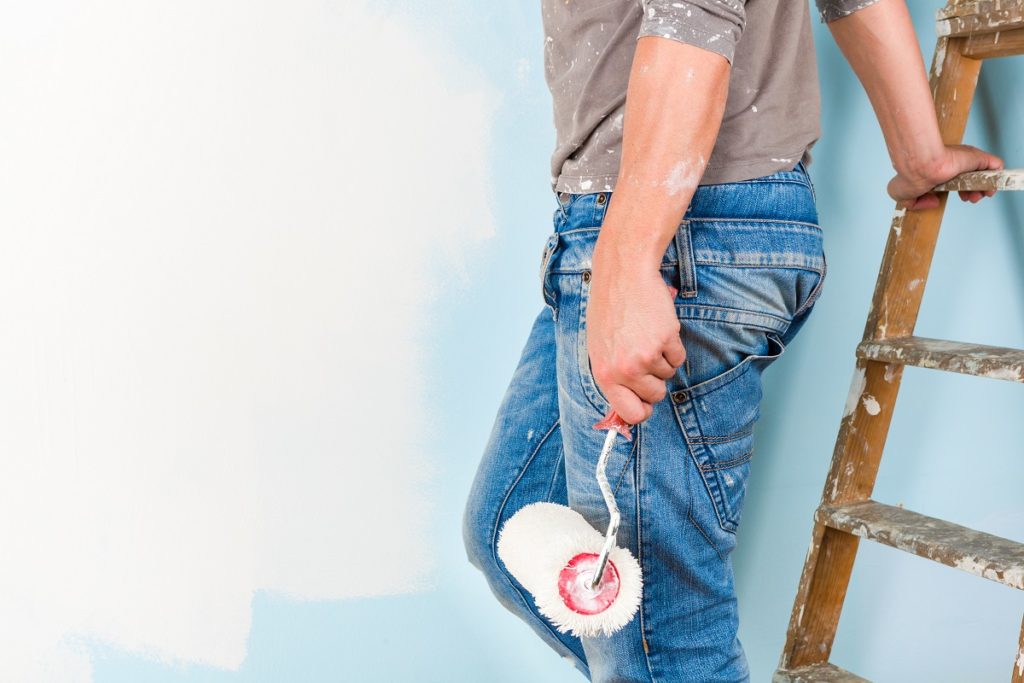Cool, creamy, and colourful—three words that perfectly describe paint. With its thousands of pigments, different sheens and various applications, this liquid substance has the ability to turn any room from dull to dazzling in one coat.
Paint is even more important when you consider how colour affects productivity in the workplace. For example, low-wavelength colours like green and blue can improve focus and efficiency. Fiery hues like reds and oranges, meanwhile, can increase the heart rate, inspiring urgency.
This shows how vital paint colour choices are because they can stimulate your senses or create a sense of calm. But, to achieve the perfect coat, you can’t simply pick up a bucket of paint, a paintbrush and start swishing.
Follow these best practices for optimal interior paint colour results:
1. The first step is to choose your paint colour last
Paint comes in every colour imaginable, but the same can’t be said about the other elements in the space you’re painting. A lot of the decorations in a room may be fixed, especially if it’s an office. The floors and furniture, specifically, are likely already fixtures in the space. So, it’s important to consider these elements first before choosing a paint colour. Once the decor has been considered, it’s easy to find hues of paint that can match or complement the existing and permanent elements of the space.
2. Prep and prime
Whether the building or room you’re painting is an old or new commercial construction, there’s bound to be some rough spots on the walls. It’s either because of old peeling paint or the result of a rough new finish. These areas need to be sanded down and prepped with a primer so you’ll have a flawless finish once you apply coats of paint.
3. Wait for fair weather
Rainy days mean humidity and humidity mean paint drips and dries slowly. If you do paint on a humid day, expect that you will be waiting longer between coats for the paint to dry. The damp conditions also interfere with the evaporation of the paint’s water content, which will, in turn, slow the curing time. So, wait for dry weather when the heat and the air flow can help paint cure faster.
4. Use samples, not swatches
Swatches of paint are pleasing to look at and are very useful when you’re choosing which colour you want. But swatches aren’t enough to actually figure out if a colour works for the interiors you’re painting. Instead, use sample pints. You can test your chosen colours out by using the smaller pints to paint your walls. This way, you’ll have a larger sample, providing you with a better representation of how the colour will look on your walls, in different lighting conditions.
5. Take your time

A good paint job isn’t something that should be rushed because you’re likely going to make mistakes. Let each coat of paint cure before adding another. Don’t skimp on steps like prepping and priming. Don’t forego using tools, like paint pans and brushes for detailing, in hopes of speeding up the process. You’ll achieve the best results if you practice a little patience.
Before you start enhancing a space through paint, keep these best practices in mind so you’ll get the result you’re looking for.

